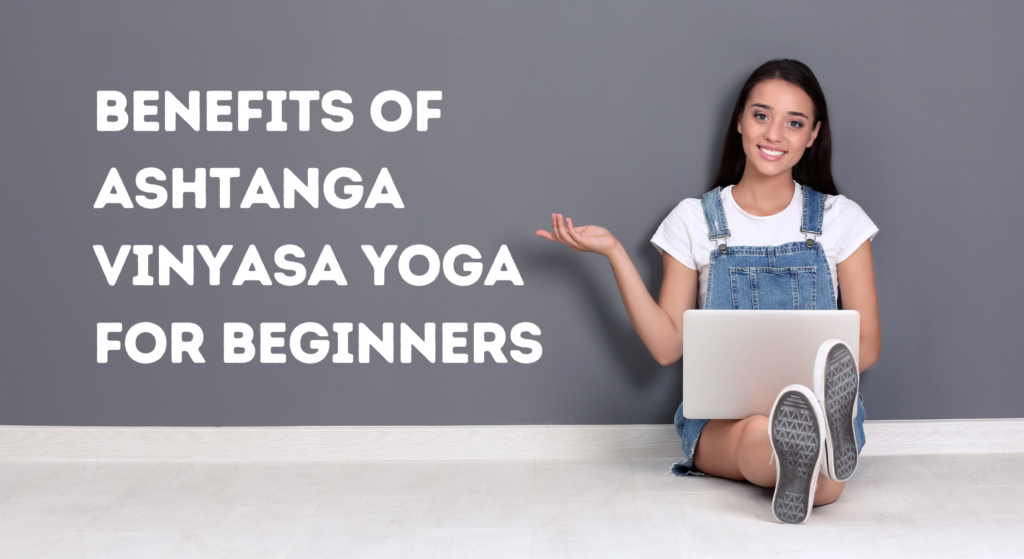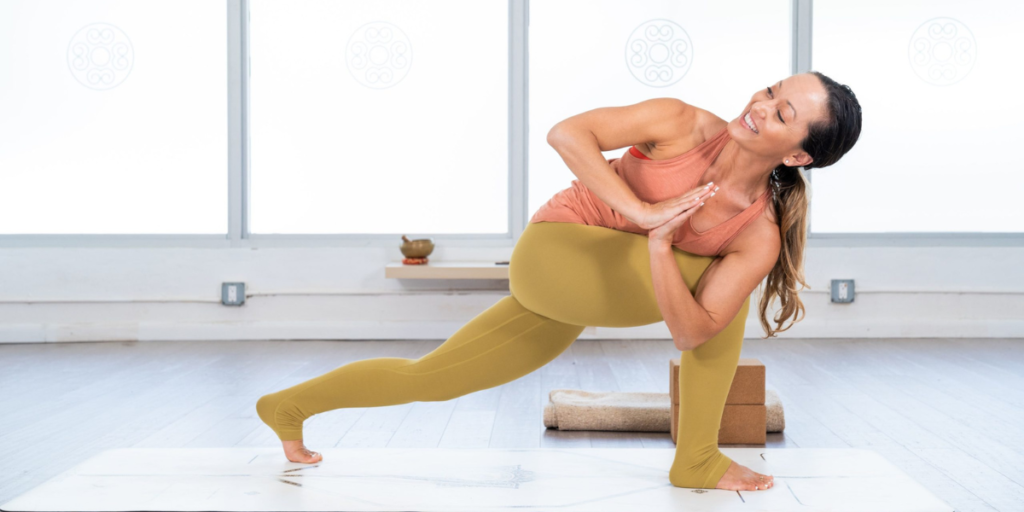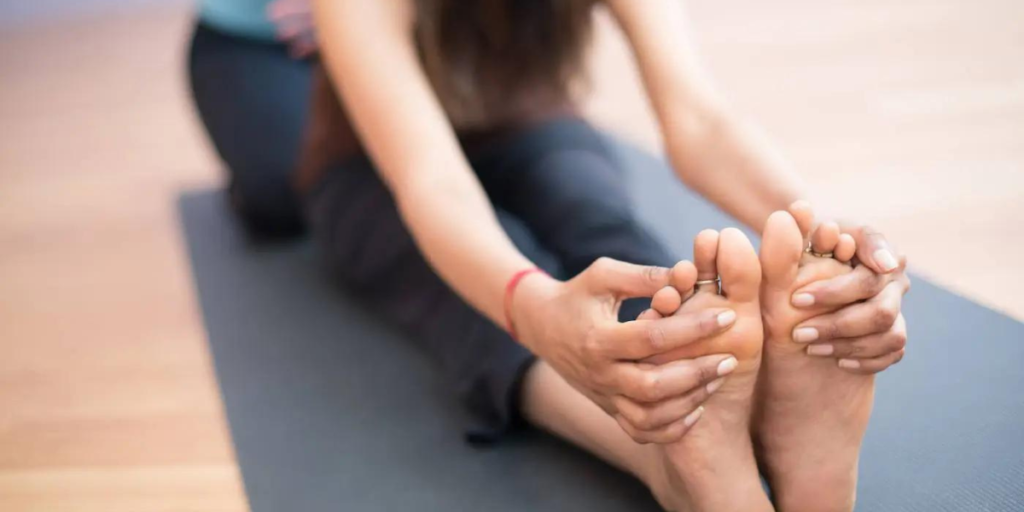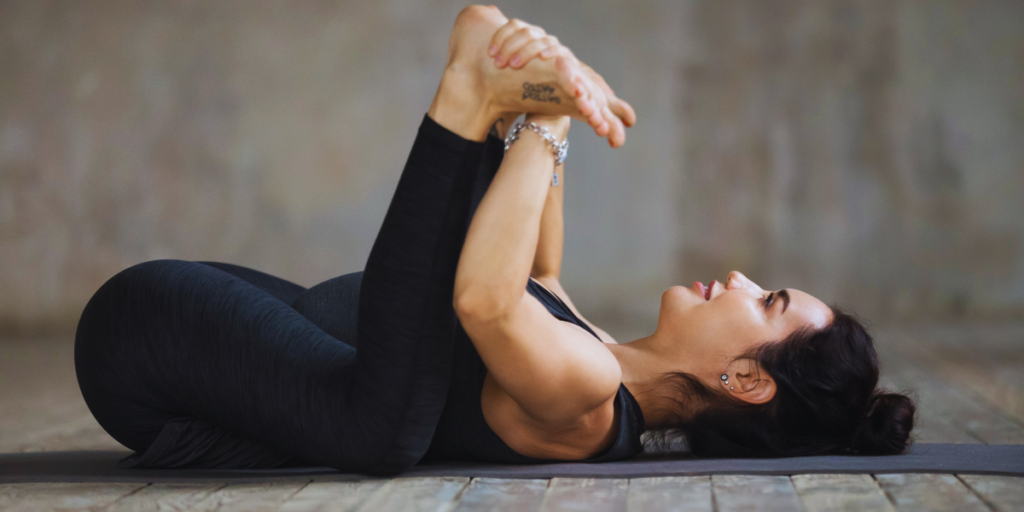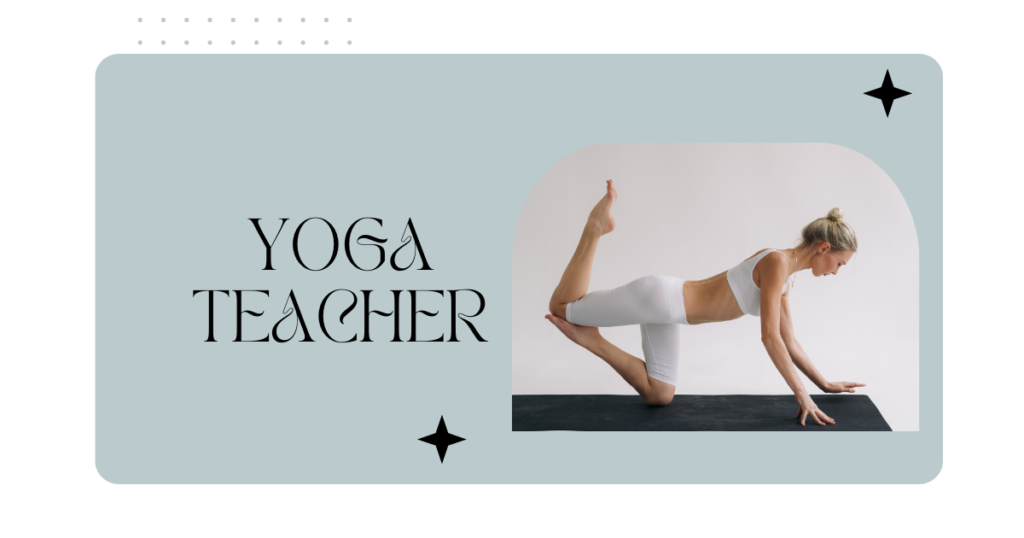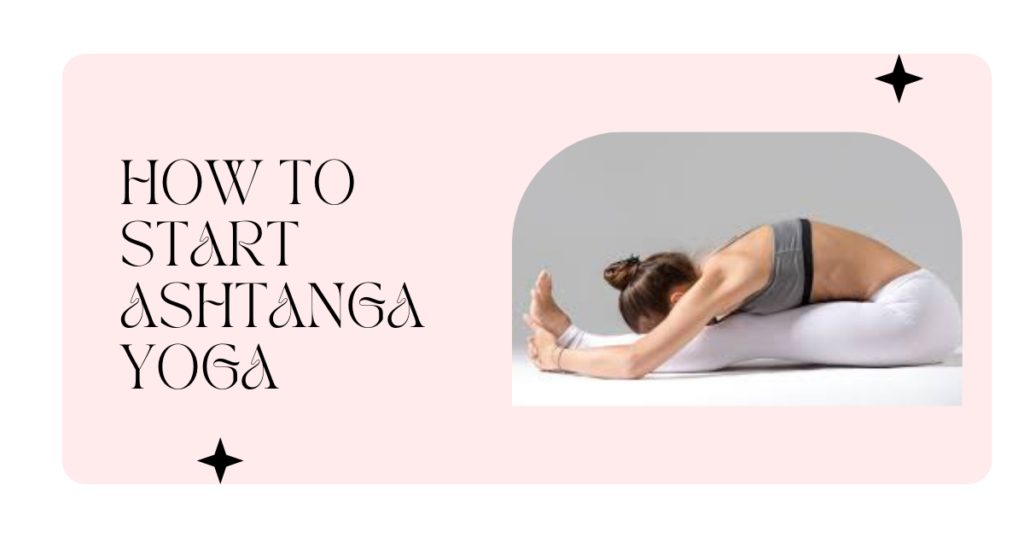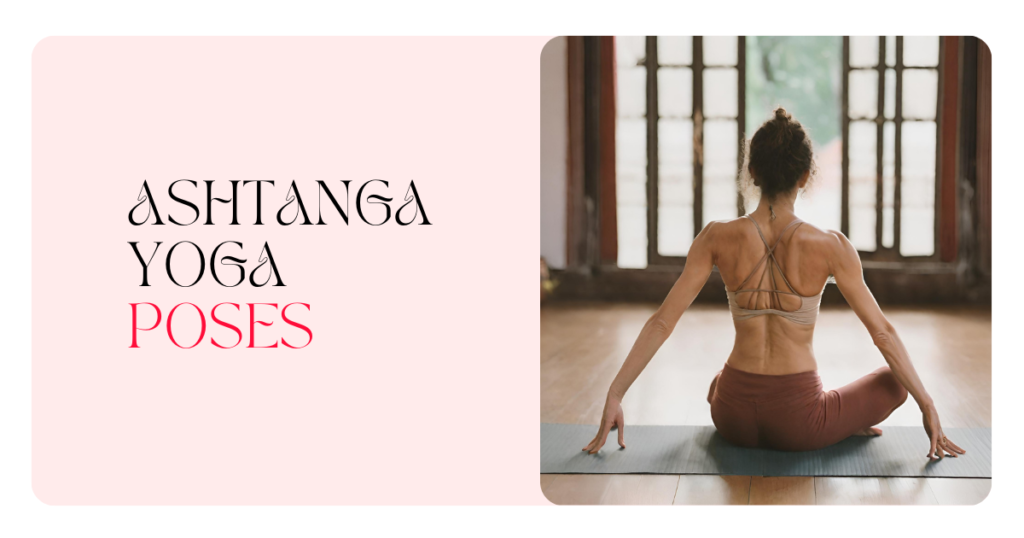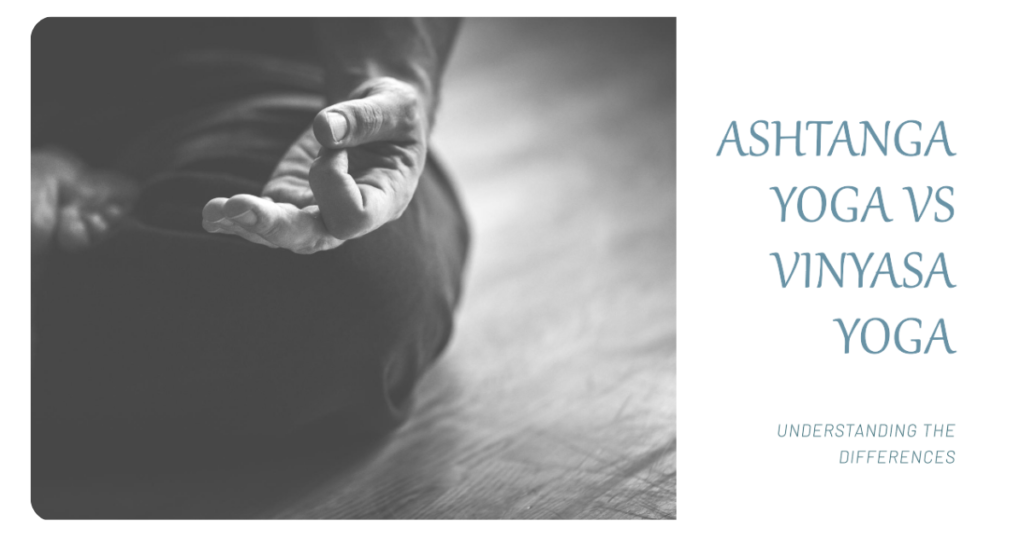
Introduction
Yoga has become a worldwide phenomenon, with millions of people practicing various styles to improve their physical, mental, and spiritual well-being. Among the many forms of yoga, two styles that have gained immense popularity are Ashtanga Yoga and Vinyasa Yoga. While both styles share some similarities, they have distinct differences that set them apart. In this article, we’ll delve into the key distinctions between Ashtanga Yoga vs Vinyasa Yoga, helping you understand which style might be better suited for your goals and preferences.
Ashtanga Yoga, rooted in the ancient traditions of India, is a physically demanding and regimented practice that follows a set sequence of postures. On the other hand, Vinyasa Yoga is a more dynamic and flowing style that allows for creative variations and adaptations based on the instructor’s guidance. By exploring the nuances of each style, you’ll be better equipped to choose the practice that resonates with your aspirations and aligns with your fitness level.
What is Ashtanga Yoga?
Ashtanga Yoga, also known as Ashtanga Vinyasa Yoga, is a traditional and demanding form of yoga that traces its roots back to the ancient yogic teachings of India. This style of yoga is based on the Eight Limbs (Ashtanga) of yoga, which encompass ethical principles, physical postures (asanas), breath control (pranayama), and meditation techniques.
At the core of Ashtanga Yoga lies a set sequence of postures, known as the Primary Series (Yoga Chikitsa), which is designed to generate intense internal heat and purify the body through vigorous practice. This series consists of a specific order of postures that must be followed precisely, with each movement synchronized with the breath. Ashtanga Yoga is often referred to as a form of “power yoga” due to its physically demanding nature and emphasis on building strength, stamina, and flexibility.
The Primary Series in Ashtanga Yoga consists of the following postures:
One of the unique aspects of Ashtanga Yoga is the use of drishti, or focal points, which help practitioners maintain focus and concentration during the practice. There are nine drishti points, including the nose tip, hand positions, and specific gazing points on the floor. Additionally, the practice incorporates specific breathing techniques, known as vinyasas, which link each posture to the next through a series of coordinated movements and breaths. “Ashtanga Yoga Sequence for Beginners“
What is Vinyasa Yoga?
Vinyasa Yoga is a dynamic and fluid style of yoga that emphasizes the connection between breath and movement. The term “vinyasa” literally means “to place in a special way,” referring to the smooth transitions between postures that are synchronized with the breath. Unlike Ashtanga Yoga, Vinyasa Yoga does not follow a set sequence of postures; instead, the sequences are designed by the instructor and can vary from class to class.
In Vinyasa Yoga, the practice is often structured around a specific theme or intention, with the instructor guiding students through a series of postures that flow seamlessly from one to the next. This style of yoga allows for greater creativity and flexibility, as instructors can adapt the sequences to suit the needs and abilities of their students.
While Vinyasa Yoga can be challenging and physically demanding, it offers a wider range of variations and modifications, making it accessible to practitioners of different fitness levels. The emphasis is not only on building strength and flexibility but also on promoting mindfulness, reducing stress, and cultivating a sense of overall well-being.
One of the key elements of Vinyasa Yoga is the incorporation of Sun Salutations (Surya Namaskar), a sequence of postures that are often used as a warm-up or as a way to build heat and increase cardiovascular activity. These flowing sequences typically include:
Vinyasa Yoga classes often incorporate various props, such as blocks, straps, and blankets, to aid in proper alignment and provide modifications for different levels of flexibility and strength. Additionally, instructors may incorporate elements of other yoga styles, such as Hatha Yoga or Iyengar Yoga, to create unique and challenging sequences.
Key Differences Between Ashtanga yoga vs Vinyasa Yoga
While Ashtanga Yoga and Vinyasa Yoga share some similarities, there are several key differences that set them apart:
Here’s a table that summarizes the key differences between Ashtanga Yoga and Vinyasa Yoga:
| Aspect | Ashtanga Yoga | Vinyasa Yoga |
| Sequence | Fixed (Primary Series) | Varied (Designed by Instructor) |
| Flexibility | Regimented, little variation | Creative, adaptable |
| Intensity | Physically demanding | Challenging but modifiable |
| Focal Points (Drishti) | Emphasized | Not heavily emphasized |
| Breath Counts | Specific vinyasas | No strict breath counts |
| Progression | Predetermined series | Dependent on instructor and student |
It’s important to note that while these differences exist, both Ashtanga Yoga and Vinyasa Yoga share a common goal of promoting physical, mental, and spiritual well-being through the practice of yoga. The choice between these two styles ultimately depends on an individual’s personal preferences, fitness level, and desired outcomes.
Which Style is More Difficult?
When comparing the difficulty levels of Ashtanga Yoga and Vinyasa Yoga, it’s essential to understand that the perception of difficulty can vary from person to person, depending on their fitness level, experience, and personal preferences.
Generally speaking, Ashtanga Yoga is considered to be more physically demanding and challenging than Vinyasa Yoga. The set sequence of postures in the Primary Series, combined with the emphasis on generating internal heat and building strength and stamina, makes Ashtanga Yoga a rigorous practice.
However, it’s important to note that Vinyasa Yoga can also be incredibly challenging, depending on the intensity of the sequences designed by the instructor and the practitioner’s own abilities. While Vinyasa Yoga offers more flexibility and modifications, advanced sequences can be just as strenuous as Ashtanga Yoga, requiring significant strength, endurance, and flexibility.
Ultimately, the difficulty level of either style depends on the practitioner’s fitness level, experience, and dedication to the practice. For beginners or those with limited physical capabilities, Vinyasa Yoga may be a more accessible starting point, as it allows for modifications and variations to suit individual needs. As practitioners progress and build strength and flexibility, they may find Ashtanga Yoga to be a more suitable challenge.
It’s also worth noting that both Ashtanga Yoga and Vinyasa Yoga require a significant level of mental focus and concentration. While Ashtanga Yoga emphasizes the use of drishti (focal points) to maintain concentration, Vinyasa Yoga demands mindfulness and presence throughout the flowing sequences.
Ultimately, the key to finding the right level of difficulty lies in listening to your body, practicing with proper alignment and guidance from experienced instructors, and gradually building up your practice over time.
Benefits of Ashtanga Yoga
While Ashtanga Yoga is known for its physical intensity and demanding nature, this practice offers a wide range of benefits for both the mind and body. Here are some of the key advantages of practicing Ashtanga Yoga:
It’s important to note that while Ashtanga Yoga offers numerous benefits, it’s crucial to practice under the guidance of a qualified and experienced instructor to ensure proper form and technique, minimizing the risk of injury.
Benefits of Vinyasa Yoga
Vinyasa Yoga, with its dynamic and flowing sequences, offers a wide range of benefits for both the physical and mental well-being of practitioners. Here are some of the key advantages of practicing Vinyasa Yoga:
While Vinyasa Yoga can be physically demanding, it often provides a more gentle introduction to yoga compared to Ashtanga Yoga. However, it’s still important to practice under the guidance of a qualified instructor and listen to your body to prevent injuries.
Choosing the Right Style for You
When it comes to deciding between Ashtanga Yoga and Vinyasa Yoga, there is no one-size-fits-all answer. The choice ultimately depends on your personal goals, fitness level, preferences, and individual circumstances. Here are some factors to consider when choosing between these two styles:
It’s also worth noting that you don’t necessarily have to choose one style exclusively. Many practitioners enjoy practicing both Ashtanga Yoga and Vinyasa Yoga, alternating between the two styles to experience the unique benefits of each practice.
Additionally, it’s always a good idea to try out different classes and styles before committing to one particular practice. Attend introductory sessions or workshops to get a feel for the energy and approach of each style, and don’t hesitate to communicate with instructors about your goals and concerns.
Remember, the practice of yoga is a personal journey, and the right style for you may evolve over time as your physical abilities, mental state, and life circumstances change.
Conclusion
Ashtanga Yoga and Vinyasa Yoga are two distinct styles of yoga that offer unique challenges and benefits. While Ashtanga Yoga follows a set sequence of postures and emphasizes discipline and physical intensity, Vinyasa Yoga allows for more flexibility and creativity in the sequences, catering to a wider range of practitioners.
By understanding the key differences between these two styles, you can make an informed decision about which practice aligns best with your goals, fitness level, and personal preferences. Whether you choose the structured and demanding Ashtanga Yoga or the dynamic and adaptable Vinyasa Yoga, both practices offer a pathway to physical, mental, and spiritual well-being.
Ultimately, the most important aspect is to find a practice that resonates with you and to approach it with dedication, mindfulness, and respect for your body’s limitations. Remember, yoga is a journey, and the right style for you may evolve as you progress on
